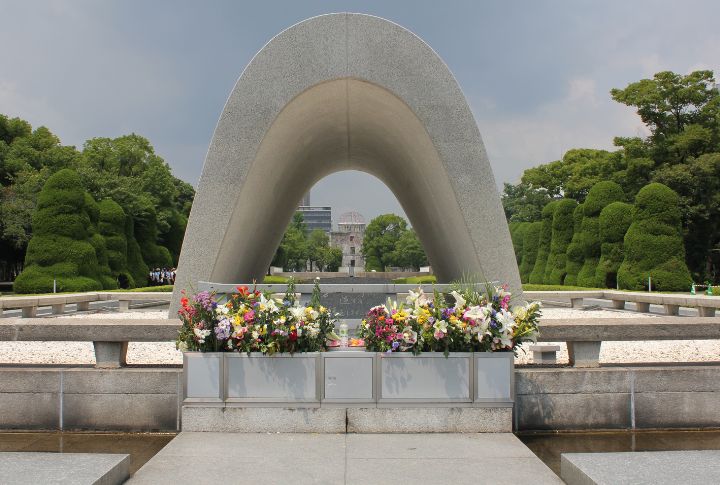
When two cities vanished under nuclear fire, the world changed forever, but some decisions just don’t add up. Hiroshima and Nagasaki weren’t the end of WWII; they were the start of decades of debate. Military motives, strategic timing, and unsettling oversights all raise eyebrows. Swipe through the details history books often skip, revealing how the bombings left behind questions that never truly faded.
Japan Was Already Seeking Peace
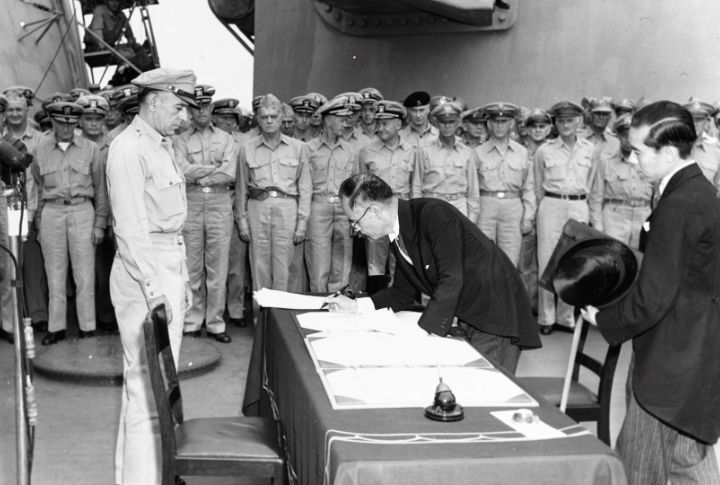
Japanese officials approached the Soviets in mid-1945 to initiate negotiations for a surrender. U.S. intelligence intercepted messages revealing Japan’s readiness to quit if the emperor’s role remained. Even so, atomic bombs were deployed. Later surveys confirmed Japan might have surrendered without nuclear strikes.
Nagasaki Wasn’t The Original Target
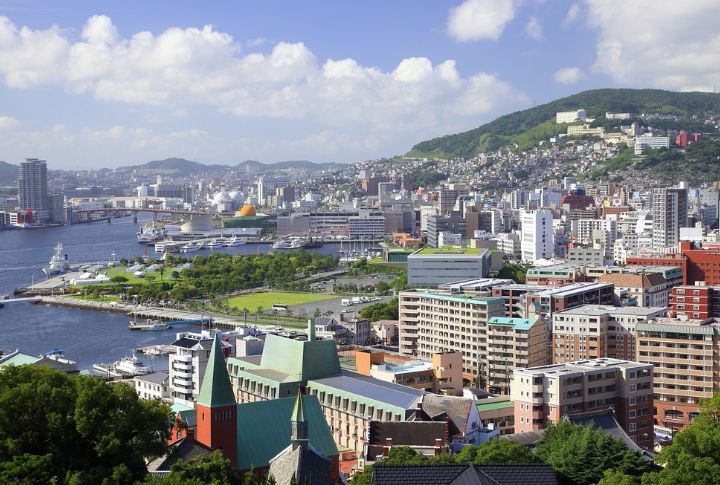
Kokura was initially marked for attack on August 9, but heavy cloud cover forced U.S. pilots toward Nagasaki. The alternate target held less military significance. Ultimately, weather dictated life-and-death outcomes. The phrase “Kokura’s luck” in Japan reflects this unexpected twist of fate.
The U.S. Ignored Its Own Scientists
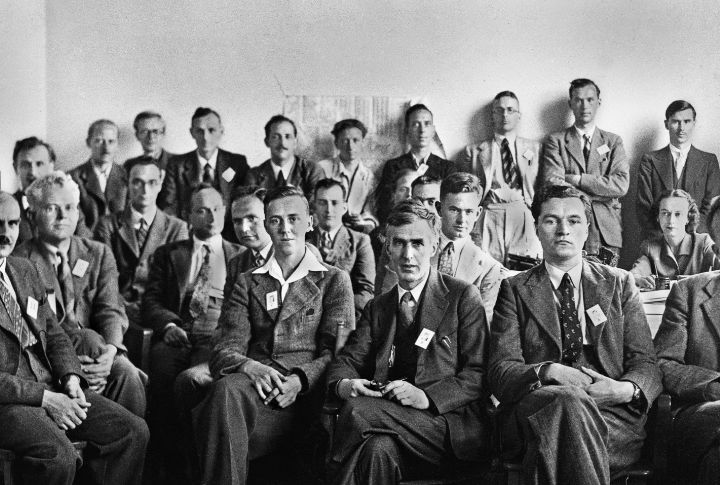
Top scientists, including Manhattan Project members, urged a non-lethal demonstration of the atomic bomb. Their Franck Report advocated showing force on an empty island. Despite its urgency, the recommendation was shelved. Einstein later regretted his role, calling it a major personal mistake.
The Bombs Were Dropped Without Full Presidential Oversight
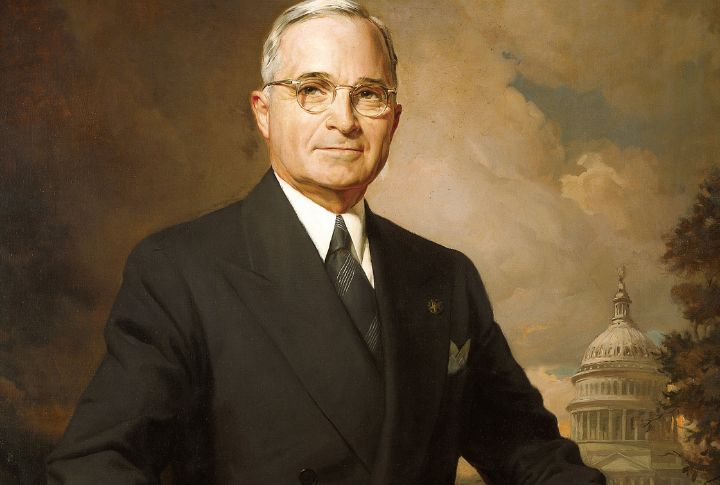
President Truman didn’t explicitly authorize both bombings. Military commanders held decision-making power, especially for Nagasaki. Truman reportedly learned about the second bomb after the fact. Such delegation raises concerns about the chain of command behind history’s most consequential wartime strike.
The Bombs Were Dropped On Civilian Cities
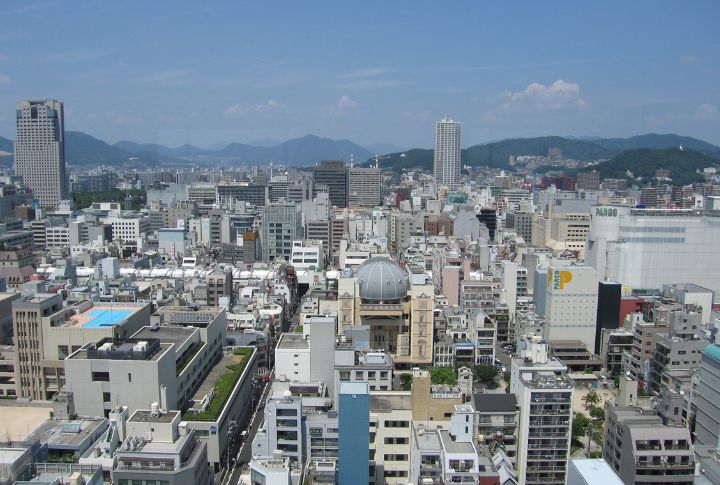
Hiroshima and Nagasaki were home mostly to civilians and held little military significance. The bombings killed over 200,000 people, most of them non-combatants. Hiroshima had been largely untouched before the attack—some say intentionally. Today, the Atomic Bomb Dome remains, a haunting reminder preserved within Peace Memorial Park.
The Emperor Wasn’t Targeted
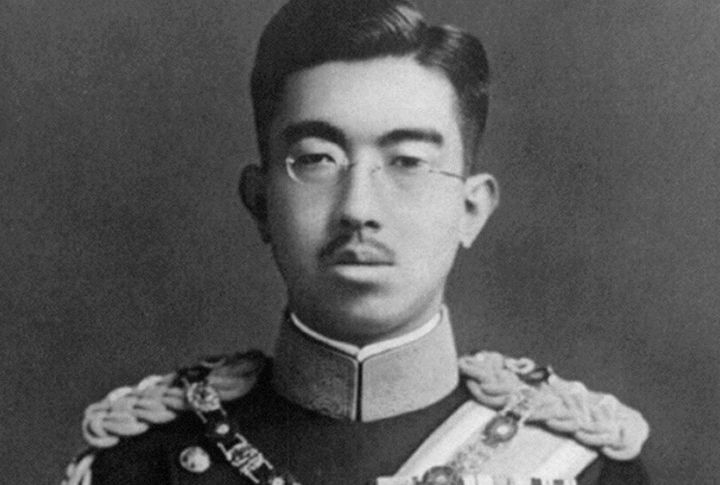
Despite being the face of imperial Japan, Emperor Hirohito was never targeted in the nuclear attacks. U.S. forces chose to preserve the monarchy even after bringing nuclear devastation to civilian cities. The man symbolizing Japan’s war effort stayed untouched, raising questions about who the bombs were really meant to pressure.
Radiation Effects Were Underestimated
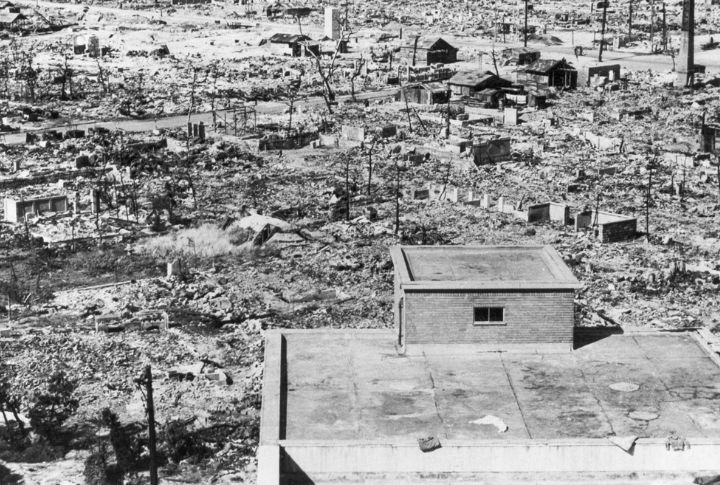
U.S. authorities initially dismissed reports of radiation sickness as Japanese propaganda. Survivors later endured prolonged illness and internal damage long after the blasts. These risks weren’t well understood in 1945. In Hiroshima, radioactive “black rain” fell, worsening injuries and contaminating the environment for decades.
The Bombings Inspired The Nuclear Arms Race
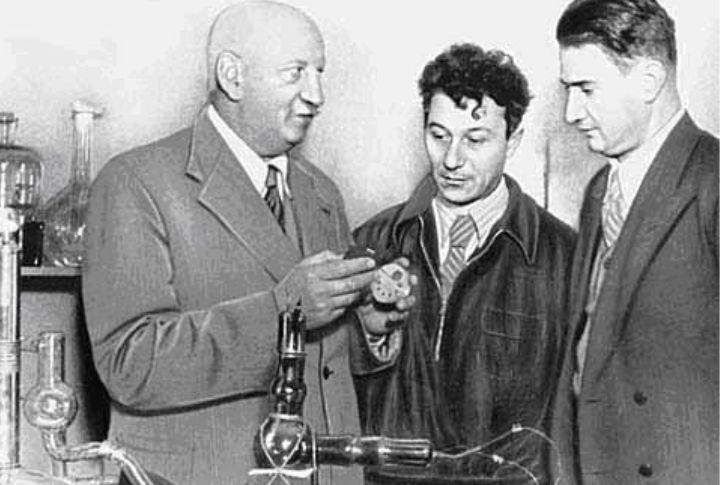
Following the bombings, the Soviet Union rapidly expanded its atomic program, sparking the Cold War arms race. Deterrence strategies soon replaced diplomacy. Ironically, a weapon meant to force peace triggered new global threats. By 1947, the “Doomsday Clock” had become a symbol of humanity’s proximity to nuclear disaster.
The War Quietly Continued for Year
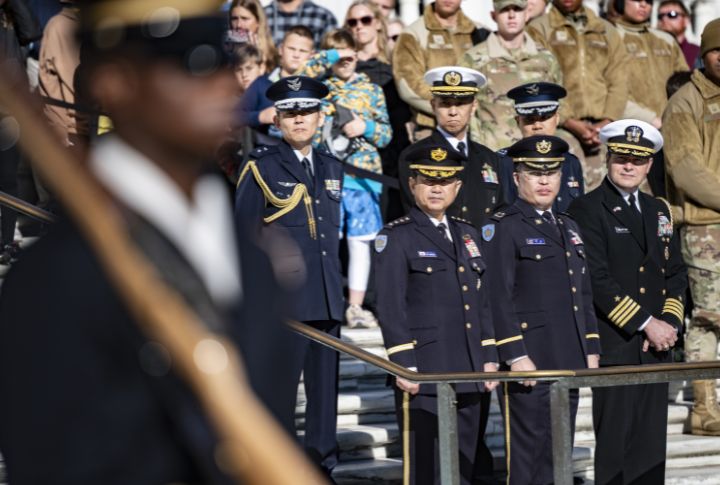
The idea that Hiroshima and Nagasaki brought instant peace doesn’t hold up entirely. After the bombs, resistance lingered across Asia. Soldiers like Hiroo Onoda kept fighting long after 1945, unaware—or unwilling to believe—that Japan had surrendered. The bombs didn’t reach everyone, and the war didn’t end overnight.
The U.S. Controlled The Narrative
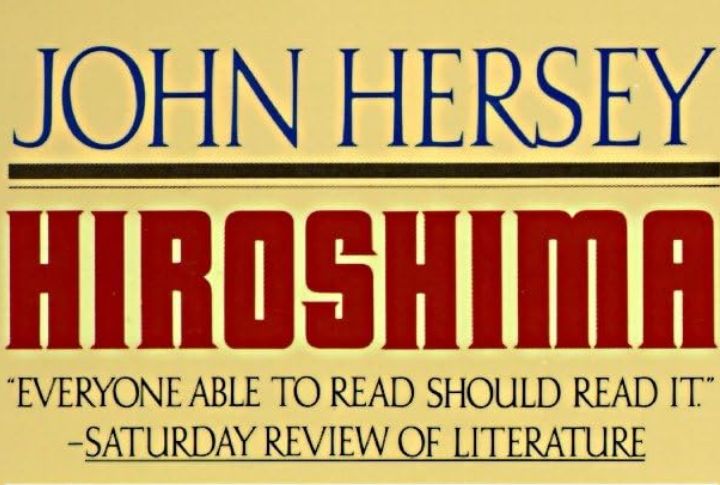
Journalists faced restricted access to Hiroshima and Nagasaki following the bombings. Occupation forces censored photos and survivor accounts, limiting public awareness. Americans weren’t shown the full consequences until later. John Hersey’s Hiroshima, published in 1946, gave U.S. readers a rare look at the human toll.

